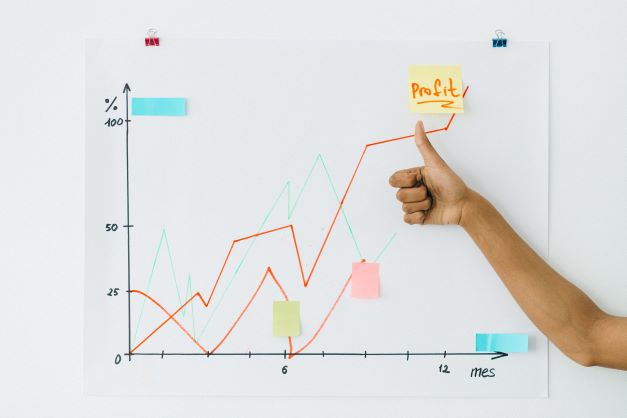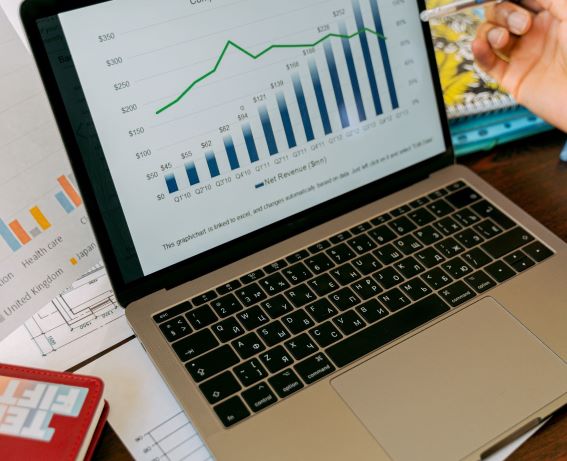The literal translation of the term forecast is prognosis. To put it better: the prediction about certain numbers, bookings, occupancies for a selected period in the future. Now that sounds like a pretty broad term. And it is. And the use of this tool in the hotel industry is just as broad.
Therefore, this article will give an overview.
Overview
Controlling defines the goal of forecasting like this: by generating information, it should be possible to identify deviations from the plan at an early stage in order to develop measures for closing these target gaps and to make adjustments.
There are forecasts for entire markets, locally for individual cities, for example. Or sector-specific for the holiday or city hotel industry. In addition, and probably most important to mention here, each hotel can (and should!) have its own sales / occupancy forecast.
The following applies to all types / areas of use: You always calculate the forecast on the basis of the past and determine the demand in the future.

For years, forecasts in hotels were mostly created with Excel tables. The better organised one was, the more data could be included. Today, almost every PMS can provide the hotelier with very simple occupancy forecasts. Mostly, this works via an export to Excel or directly as reporting. In revenue management, however, this is not enough.
What all forecasts have in common is that they deal with the question of which factors will influence demand. And which business the hotel can expect for which period of time.
Operational and strategic
For the hotelier and also for revenue management, two types of forecast are important: strategic and operational.
The strategic forecast plans the future business year with a calendar that shows holidays, trade fairs, events, etc. This is based on the booking behaviour of the last year. The basis for this is the booking behaviour of the last year or years – the history. Bookings that have already been made are also taken into account. The possible demand is thus determined from existing data.
This makes it possible to develop action plans for specific periods.
The strategy is “implemented” in the operational forecast. This forecast needs constant adjustment. Data for this comes from the Pick Up Report, among others. We observe the booking behaviour (sometimes daily), and measures from marketing and sales flow into this. How often one wants to adjust the operational forecast and which targets one wants to set depends on the type and size of the hotel. Normally, RevPAR and ADR are defined as targets in addition to the occupancy rate and the room rate / the expected turnover.
Importance and digitalisation
In conclusion, one can say that a forecast is of course always a prediction and thus says more about what will most likely happen than what will actually occur.
Digitalisation has helped to make it easier to process large amounts of data today and no one has to fill out Excel spreadsheets by hand anymore. Also, with the help of modern forecast tools, we can include other factors in the forecast. Especially in times when a lot is changing and – not only due to the Corona pandemic – forecasts are becoming increasingly difficult, this plays a major role. The more factors, trends and insights you include, the better is the result of the forecast.
